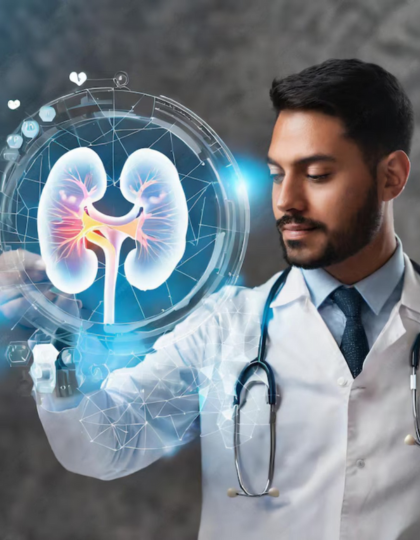Urology
Urology is a specialized branch of medicine that focuses on the urinary tract system and the male reproductive organs. It plays a crucial role in diagnosing and managing a variety of conditions that can affect these systems. Urology services are essential for identifying the underlying causes of symptoms and providing comprehensive care for both common and complex urological ailments. Understanding these symptoms and recognizing when they occur is essential for effective diagnosis and management. Urological services can provide necessary evaluations through physical examinations, imaging, and laboratory tests to identify the exact cause of symptoms and plan appropriate care. Urological ailments can significantly impact daily life, but understanding the symptoms and seeking timely medical attention can lead to better outcomes. If you experience any of these symptoms, it is crucial to consult with a urologist who can offer expert guidance and help you maintain optimal urinary and reproductive health. Urology services offer a variety of effective treatments for a wide range of urological ailments. From medication and minimally invasive procedures to surgery and lifestyle changes, the goal is to provide personalized care that addresses each patient’s specific needs.

